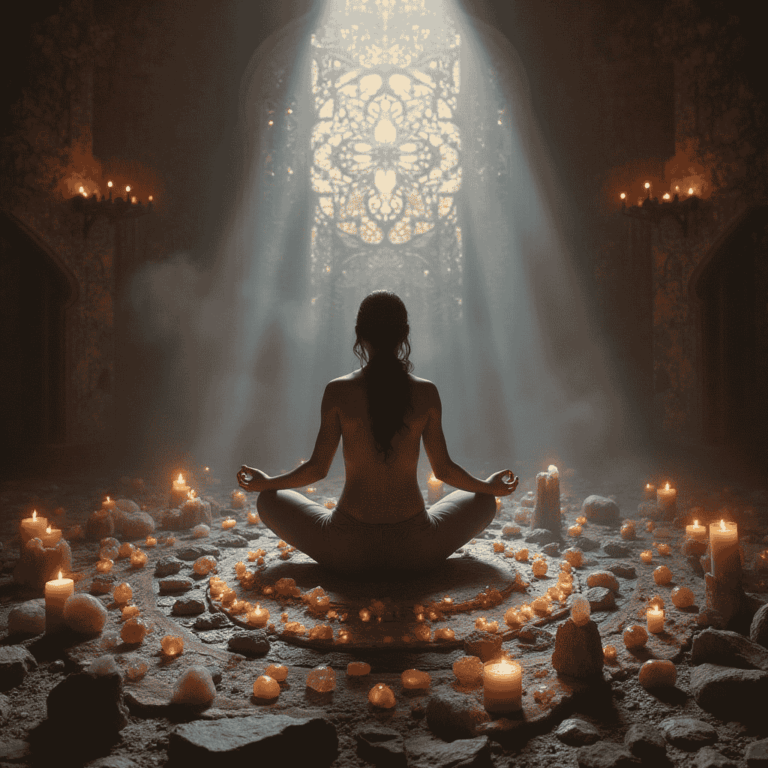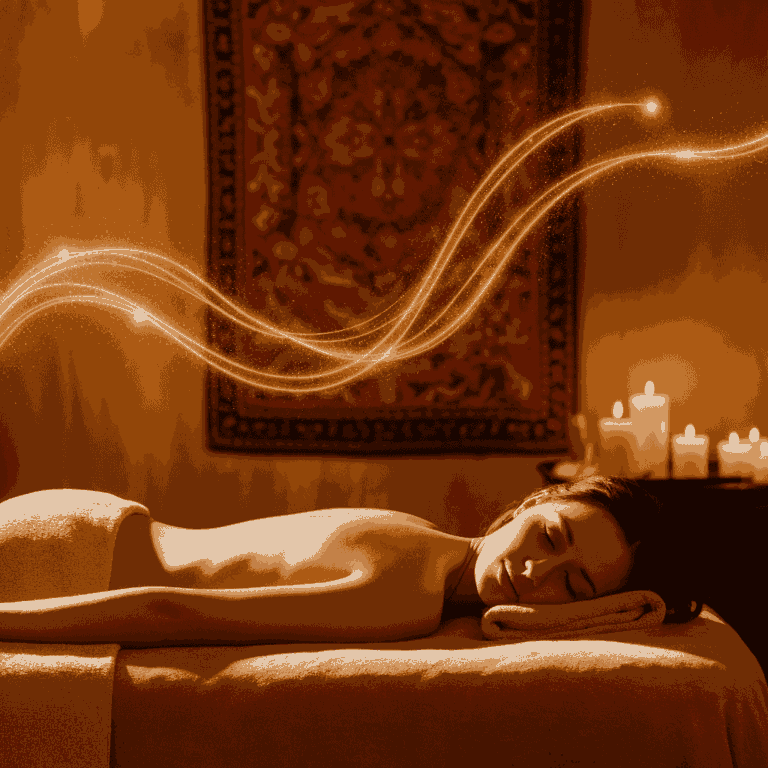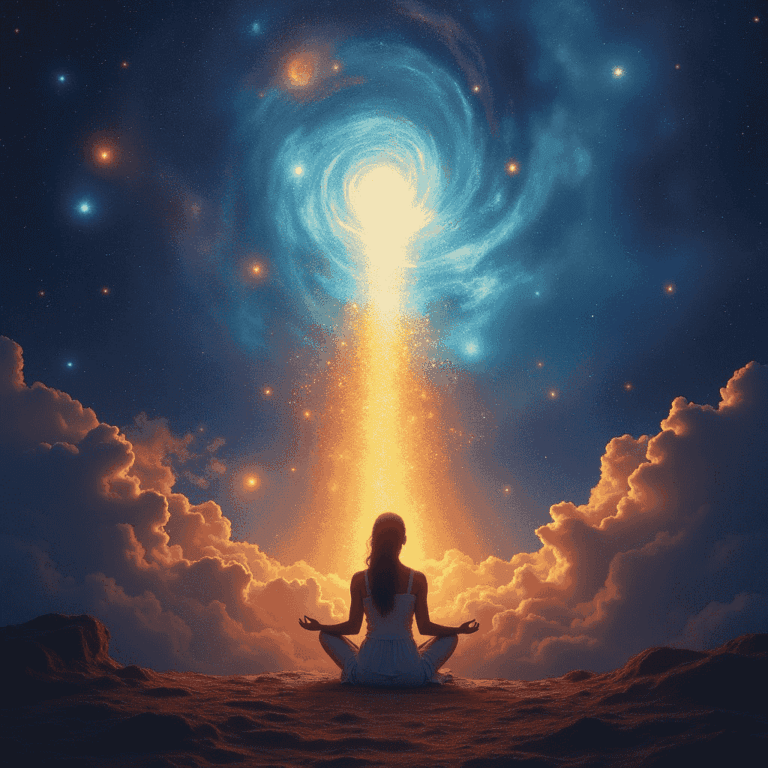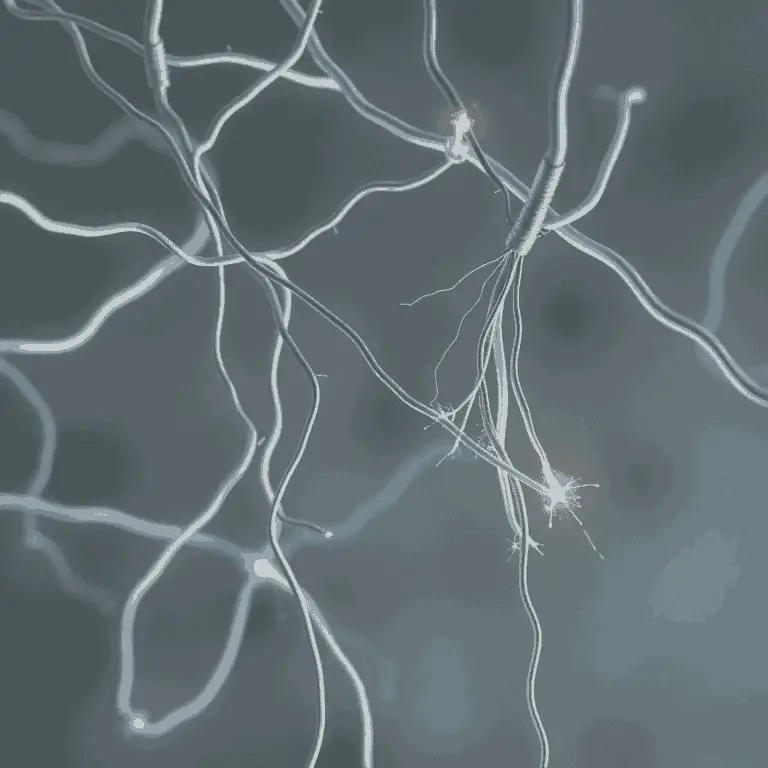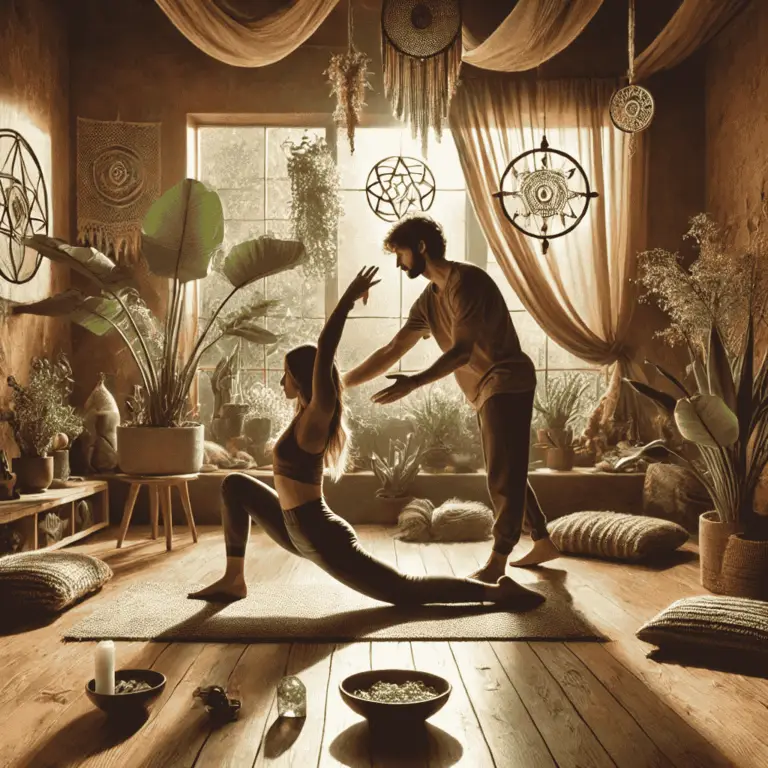Origins of Massage Therapy
The body remembers what the mind forgets. It recalls the toil of labor, war wounds, and age’s slow decay. Across every era and civilization, there has been one universal remedy—the touch of human hands.
Massage therapy, in its purest form, predates civilization itself. Before language, medicine, or science, there was the instinctive act of pressing the flesh, kneading away the pain, and working the stiffness from tired limbs. What began as a survival mechanism—to restore weary muscles and ease suffering—evolved into a system of healing, refined by culture, ritual, and philosophy.
Yet, in the march of progress, something curious occurred. The modern world, with its veneer of rationality, began to view this ancient practice with suspicion. It dismissed massage as unscientific, a mere indulgence rather than a legitimate form of treatment. Nonetheless, even in the face of skepticism, massage therapy endures. It cannot be eradicated because, despite all our advancements, we remain creatures of flesh, bound to our bodies. And the body still remembers.
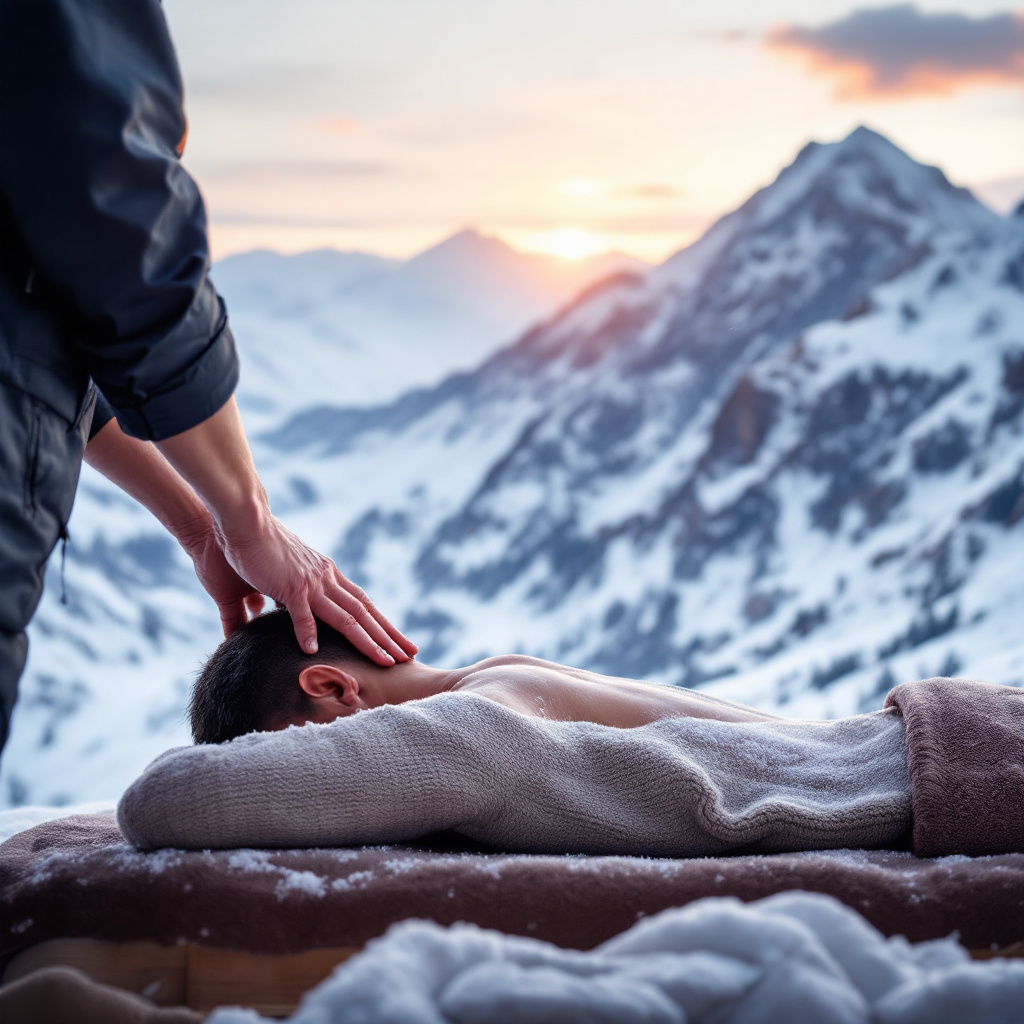
The Dawn of Healing Touch: Ancient Civilizations and Their Techniques
Egypt and Mesopotamia: The Birthplace of Recorded Massage – Origins of Massage Therapy
The earliest evidence of the origins of massage therapy emerges from the remnants of ancient civilizations. Egyptian tomb paintings, dating back to 2500 BCE, depict individuals applying pressure to the hands and feet of others, their purpose unmistakable. The Ebers Papyrus, one of the oldest medical texts known, describes massage as an integral part of healing, used alongside herbal remedies to restore health.
For the Egyptians, massage was not merely physical—it was sacred. Their belief in energy flow, in the manipulation of the ka, the life force, mirrored systems that would later emerge in the East. Similarly, the Babylonians and Sumerians recognized the power of touch. Clay tablets from Mesopotamia suggest that healing priests, known as asu, employed oil-based massages as part of their medicinal practices, combining touch with early pharmacology.
China: The Philosophy of Healing Hands
The ancient Chinese perceived the body as a network of pathways, channels through which qi, the vital energy, flowed. When these pathways became blocked, illness ensued. Massage was not only a remedy; it was essential.
By 2700 BCE, the Huangdi Neijing (The Yellow Emperor’s Classic of Internal Medicine) outlined principles of tui na, a therapeutic massage technique still in use today. Practitioners applied rhythmic pressure along meridians, akin to acupuncture, to restore harmony to the body. They sought not relaxation, but balance. Unlike the West, where massage was later relegated to luxury, the Chinese maintained its status as legitimate medicine.
India: The Ayurvedic Tradition
In the shadow of the Himalayas, a distinct healing philosophy emerged. Indian massage was, and remains, inseparable from Ayurveda—the science of life. Recorded in the Charaka Samhita around 1500 BCE, Ayurvedic massage, or abhyanga, is rooted in the concept of doshas, bodily energies maintained through oil treatments and precise hand movements.
Indian massage is deeply personal. It is not merely a treatment but a way of life. Families practice daily self-massage, and children learn the techniques from elders. The use of warm oils, infused with herbs, is believed to not only nourish the skin but to purify the spirit. Here, touch serves as medicine in its most holistic form.
Greece and Rome: The Evolution of Spa Culture
In the grand halls of Athens, within the dust of the gymnasia, Greek athletes had their bodies kneaded before and after competitions, and their muscles worked with precision that foreshadowed modern sports therapy. To the Greeks, the body was a temple, requiring maintenance. Hippocrates—the so-called “father of medicine”—wrote of anatripsis, a Greek term meaning “to rub up.” He instructed his students to use friction and pressure to alleviate pain and restore function. Massage, in this context, was practical and necessary.
The Romans inherited this tradition, expanding it into the vast bathhouses that sprawled across the empire. Each bathhouse employed an aliptes, a professional masseur, who would anoint clients with oils before applying vigorous massage techniques to invigorate the body. Soldiers returning from war sought these treatments not for pleasure but for survival. Their bodies were broken, and only the skilled hands of the aliptes could restore them.
Japan and Thailand: The Refinement of Bodywork
As massage techniques traversed Asia, they adopted unique cultural expressions. Japan, influenced by Chinese medicine, developed shiatsu, a style focused on acupressure points and energy flow. Unlike Western massage, which often seeks relaxation, shiatsu is corrective, intended to remove blockages in the body’s meridians.
Thailand developed a different approach. Nuad Thai, established over 2,500 years ago, combines elements of Ayurveda and Chinese medicine into a system resembling assisted yoga. The practitioner stretches and presses the body in rhythmic sequences, using not only their hands but also their elbows, knees, and feet.
The Decline and Revival of Massage in the West
By the Middle Ages, massage had nearly vanished from Europe. The rise of religious austerity, with its suspicion of bodily pleasure, deemed it sinful. The knowledge of Hippocrates and Galen was buried beneath centuries of superstition. Only in the East did massage continue as a serious medical practice.
The Renaissance marked a resurgence. With the rediscovery of ancient texts, the lost art was reborn. By the 19th century, Swedish physician Per Henrik Ling developed what we now know as Swedish massage, a method that laid the foundation for modern Western techniques. Despite this revival, massage still struggles for legitimacy. In the clinical world, it is often dismissed as secondary to pharmaceuticals, a pleasant but unnecessary indulgence. Science demands double-blind studies, quantifiable data,and mechanical explanations for what healers have known for millennia.
Key Takeaways
- The practice of massage dates back over 5,000 years and spans numerous ancient civilizations.
- In many cultures, massage was considered both therapeutic and sacred.
- Traditional massage techniques such as tui na, abhyanga, and shiatsu have endured for millennia.
- Massage declined in the West due to religious opposition but was revived during the Renaissance.
- Despite scientific skepticism, modern research increasingly supports massage as an effective therapy for pain, stress, and overall health.
Frequently Asked Questions (FAQ)
1. What is the oldest form of massage therapy? The oldest recorded evidence of massage therapy comes from ancient Egypt and China, dating back over 5,000 years.
2. How did different cultures develop their own massage techniques? Massage evolved based on each culture’s understanding of health. China focused on energy flow, India on Ayurvedic balance, and Greece on muscle recovery.
3. Why was massage therapy dismissed in the West? During the Middle Ages, religious influences condemned physical pleasure, leading to the decline of massage.
4. Is massage therapy scientifically proven to have benefits? Modern studies indicate that massage can reduce pain, stress, and symptoms of anxiety and depression.
Resources and Further Reading (APA Format)
- Bolling, S. F., Sodhi, J., & Sodhi, S. (2019). Ayurveda and modern medicine: Bridging the gap. Journal of Ayurveda and Integrative Medicine, 10(1), 1–3.
- Kaptchuk, T. J. (2000). The web that has no weaver: Understanding Chinese medicine. Contemporary Books.
- Tsubono, K., & Takahashi, T. (2016). The historical development of shiatsu therapy in Japan and the West. Journal of Alternative and Complementary Medicine, 22(1), 25–32.
- Waring, N. (2018). The history of therapeutic massage: From ancient to modern times. Oxford University Press.

